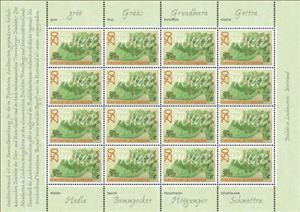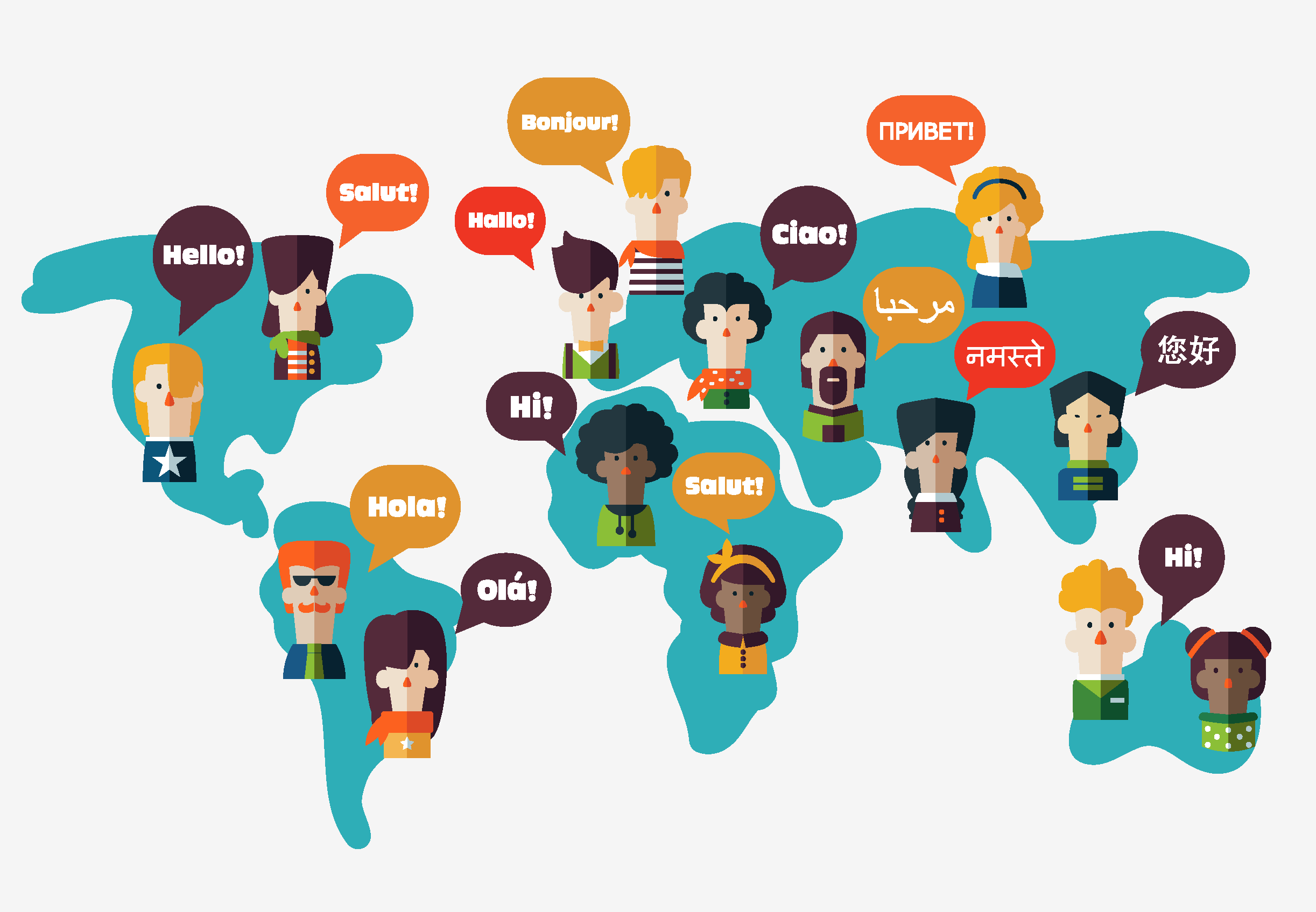Full Pane: Müar, We in Unterland Dialect (Liechtenstein 2025)
Müar, We in Unterland Dialect (Liechtenstein 2025)
02 June (Liechtenstein ) within release Dialects of Liechtenstein (2025) goes into circulation Full Pane Müar, We in Unterland Dialect face value 20*250 Swiss centime
| Full Pane Müar, We in Unterland Dialect in catalogues | |
|---|---|
| Colnect codes: | Col: LI 2025.06.02-04a |
Full Pane is horizontal format.
Also in the issue Dialects of Liechtenstein (2025):
- Stamp - Miar, We in Oberland Dialect face value 120;
- Full Pane - Miar, We in Oberland Dialect face value 20*120;
- Stamp - Müar, We in Unterland Dialect face value 250;
- Full Pane - Müar, We in Unterland Dialect face value 20*250;
- Stamp - Wiar, We in Triesenberg Dialect face value 190;
- Full Pane - Wiar, We in Triesenberg Dialect face value 20*190;
Full Pane Müar, We in Unterland Dialect it reflects the thematic directions:
Language is a structured system of communication that consists of grammar and vocabulary. It is the primary means by which humans convey meaning, both in spoken and written forms, and may also be conveyed through sign languages. Human language is characterized by its cultural and historical diversity, with significant variations observed between cultures and across time. Human languages possess the properties of productivity and displacement, which enable the creation of an infinite number of sentences, and the ability to refer to objects, events, and ideas that are not immediately present in the discourse. The use of human language relies on social convention and is acquired through learning.
A map is a symbolic depiction emphasizing relationships between elements of some space, such as objects, regions, or themes. Many maps are static, fixed to paper or some other durable medium, while others are dynamic or interactive. Although most commonly used to depict geography, maps may represent any space, real or imagined, without regard to context or scale, such as in brain mapping, DNA mapping, or computer network topology mapping. The space being mapped may be two dimensional, such as the surface of the earth, three dimensional, such as the interior of the earth, or even more abstract spaces of any dimension, such as arise in modeling phenomena having many independent variables. Although the earliest maps known are of the heavens, geographic maps of territory have a very long tradition and exist from ancient times. The word "map" comes from the medieval Latin Mappa mundi, wherein mappa meant napkin or cloth and mundi the world. Thus, "map" became the shortened term referring to a two-dimensional representation of the surface of the world.


